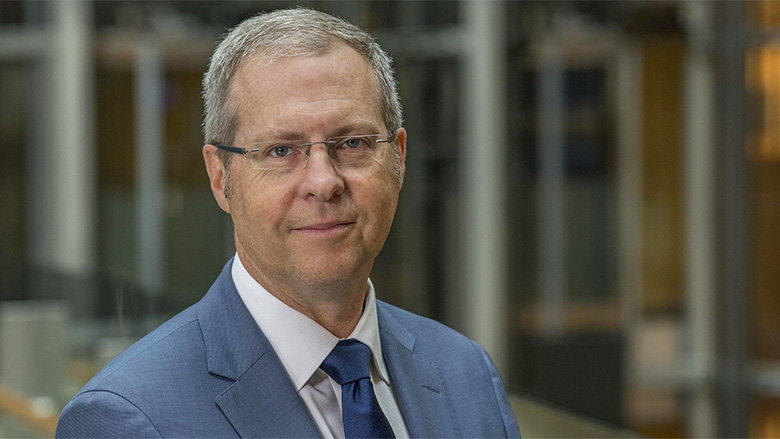CBA is now estimating that the deficit will come in at $70 billion for 2021/22 or 3.1 per cent of gross domestic product (GDP), $70 billion again for 2022/23 but as 2.9 per cent of an expanding economy, fall to $60 billion (2.4 per cent of GDP) in 2023/24 and then $42 billion (1.6 per cent of GDP) in 2024/25 as growth helps with budget repair.
“These numbers suggest that fiscal policy will remain supportive of economic growth in 2022/23, with a deficit close to 3 per cent of GDP, but that the fiscal impulse, i.e. the change between the budget position in 2022/23 relative to 2021/22, will be close to zero,” says Mr Halmarick.
“However, when it comes to government spending not all spending is equal in terms of its short-term impact on the economy. An increase in defence spending, for example, will have a different immediate impact on the economy than direct cash payments to families to provide some relief for ‘cost of living’ pressures.”
Mr Halmarick says that this year’s Budget will be both a pre-election one and an opportunity to set the course for fiscal policy for several years to come as the focus shifts away from short-term stimulus measures to support the economy as a consequence of the COVID-19 pandemic. This has resulted in the sharp increase in public debt.
“The government has set itself in this second phase the objective of stabilising and then reducing government debt as a percentage of GDP,” says Mr Halmarick. “Much of this work will be done by growing the nominal economy, not cutting spending or raising taxes. [International credit agency] Standard & Poor’s have endorsed this approach for Australia to retain its AAA credit rating.”
A critical factor when it comes to any significant increase in public spending will be the response of the Reserve Bank in terms of managing official interest rates, he adds.
With CBA forecasting the first increase in the official cash rate in June this year, market watchers will be closely monitoring the need of the RBA to lift interest rates higher in the short-to-medium term above CommBank’s estimate of 1.25 per cent by mid-late 2023 in order to keep inflation in the 2-3 per cent target range.
Inflation has risen sharply in recent months, reflecting cost of living pressures such as higher fuel prices that have been flowing through to the consumers, producers and suppliers. The forecast upward trend in interest rates is a consequence of this, which is already being factored into the Budget’s likely impact on the broader economy, particularly from a growth perspective.
That said, Mr Halmarick is expecting a number of spending announcements to tackle both the short-term issues and the longer-term need to improve the economy’s productivity performance. These include:
Cost of living support policies
- Possible direct payments to those earning an income of up to $126,000 per year – reported to be between $A200 and $A400 per income earner. This may be in lieu of no further extension of the ‘low-to-middle income tax offset’ or LMITO;
- A temporary reduction or ‘freezing’ of the petrol excise levy, to partly offset the recent increase in oil prices;
- Confirmation of the bring-forward of measures designed to increase child care subsidies.
Small business, manufacturing sectors
- Policies designed to improve cash-flow for small businesses, including lowering tax instalment payments for 2022/23, the use of digital technology to reduce paper-work for tax obligations and data-sharing;
- Support for the establishment of a Covid vaccine manufacturing and research facility in Melbourne.
Skills and Training
- A package of initiatives to support trade and vocational skills and training;
- Incentive programs for those in the medical sector to do some of their training in regional and remote Australia;
- A ‘ReBoot’ employment program for 15 – 24 year olds who have been most disadvantaged by the Covid-related lockdowns and impact on their education and job-skills.
Health, Housing, Infrastructure, Tourism and Defence
- An increase in Medicare and health funding, with a short-term focus on Covid-19 and flu vaccination ahead of the coming winter.
- An improved 10 year funding package for the Royal Flying Doctors service, an improvement from the current 4 year funding model;
- Measures to help housing affordability;
- Regional and water infrastructure projects;
- Support for the tourism and travel agent sector to help rebuild capacity as international borders reopen;
- Plans to increase spending on defence to 2 per cent of GDP, with near-term rises and over a longer period out to 2040.




